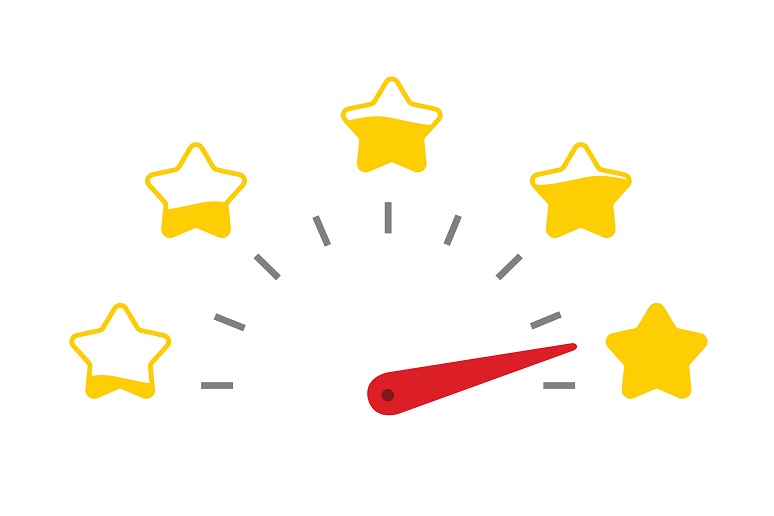Only in 2020 could Salesforce’s acquisition of Slack for $27.7 billion be just the second biggest story of the year. Of course the top two stories — the pandemic and Salesforce-Slack — aren’t totally unrelated. If Salesforce is, as many people believe, gearing up for a broader challenge to Microsoft across the board in enterprise software and services, that challenge was made more urgent by the transitions forced on enterprises by the pandemic.
Obviously 2020 will be remembered as the Year of the Pandemic, but in the narrower context of enterprise communications, I think this year may be setting the stage for 2021 to be the Year of Employee Experience for IT/communications leaders.
The first time I heard the term “employee experience,” it was not in the context of enterprise communications/collaboration technology. Back in 2019, when we were preparing to launch our
WorkSpace Connect brand, I was researching the two adjacent enterprise disciplines that our new brand would serve, in addition to IT — HR and facilities/real estate. HR people talked a lot about employee experience and its corollary, employee engagement.
At that pre-pandemic time, when enterprises considered how their collaboration strategies affected the employee experience, the hot topic wasn’t remote work, but the open office. Enterprises were grappling with how to create office spaces that fostered collaboration while best serving and enhancing the employee experience. HR people studied data that aimed to tell them what kinds of spaces and amenities were best at improving employee experience, versus those that offered superficial benefits or none at all.
The pandemic blew up the whole discussion of the open office. In the short term, almost all offices were empty and useless; in the medium term, they looked like possible money pits in need of costly retrofitting for sanitation, air flow, and social distancing. In the long term — well, nobody was thinking in the long term anyway.
Now that remote connectivity is the central reality of knowledge work, the burden of the employee experience falls more heavily on IT/communications professionals than ever before. In 2020, “employee experience” — to a great extent, “life experience”— was largely synonymous with “video.” But employees will start returning to the office in 2021, and then, the way technology affects their experience won’t be as much about video as it is about the new work arrangements that carry over from the experience of 2020: how heavily the balance shifts from time spent working in offices to time spent remote working.
I’ve
written for WorkSpace Connect about Facebook’s move to hire a director of remote work. The goal, according to a company official, is that, “The remote experience should be the Facebook experience.” That kind of holistic view may be more common in enterprises as they move into their post-pandemic strategy for collaboration.
Remote workers are no longer an appendage to office-based teams. To best serve the new types of team configurations that emerge from this pandemic year, IT/collaboration leaders will have to understand and prioritize how IT’s work affects their users’ experience of being part of those teams.










